Many people will be surprised that the waste glass can be recycled. In fact, after the recycling of broken glass, it is a good material for producing glass beads, glass flours, glass mosaics, colored glass balls, glass facet, glass tiles, artificial glass marble, foam glass and so on.
Glass container industry uses about 20% broken glass in the manufacturing process to promote melting and mixing with sand, limestone and other raw materials. 75% of cullet comes from the production process of glass containers, and 25% comes from the capacity after consumption.
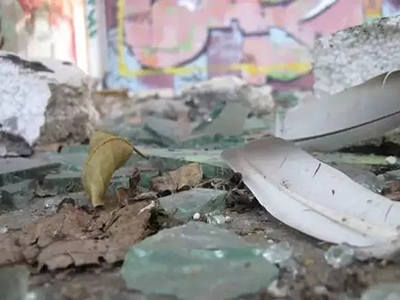
Attention should be paid to the following problems in glass recycling
1. Remove impurities through fine selection
Impurities such as metals and ceramics must be removed from the recycled glass bottles, because the glass container manufacturers need to use high-purity raw materials. For example, there are metal covers in cullet that may form oxides that may interfere with furnace operation; ceramics and other foreign substances will form defects in container production.
2. Color selection
Color is also a problem. Because colored glass cannot be used in the manufacture of colorless flint glass, and only 10% green or flint glass is allowed to be added in the production of amber glass, therefore, after consumption, cullet must be selected manually or mechanically. If the cullet is used directly without color selection, it can only be used to produce light green glass containers.
Foreign recycling
In Europe, the recycling of glass packaging is one of the most successful measures to protect resources and environment in the recycling and recycling economy. Up to 85% of glass packaging in most European countries has been reused to make new bottles.
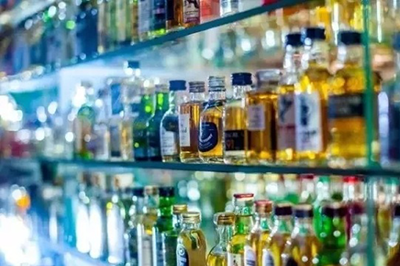
Everyone benefits from glass recycling, consumers, manufacturers and the natural environment. Now there are more and more e-commerce platforms for waste glass recycling in China.
In the European Union, the recovery of waste glass is far ahead of other materials, and the highest recovery rate is packaging bottle glass, more than 50%, and even more than 85% in some countries. The recycled glass in various countries saves nearly 50% of the raw materials needed for melting glass products in this area.
How to deal with the waste glass
The transformation and utilization of recycled glass bottle packaging refers to the utilization method of converting recycled glass packaging directly to other useful materials. This method can be divided into two types, one is heating type, the other is non heating type.
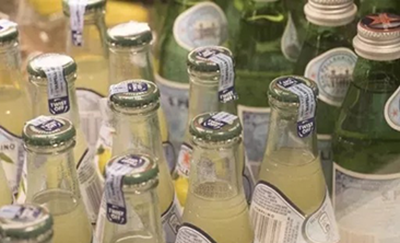
1. Non heating type
Non heating utilization is also called mechanical utilization. The specific method is to directly crush or first clean, classify, dry and other pre-treatment the recycled old glass according to the use situation, and then crush them into small particles by mechanical method, or grind them into small glass balls for use. The utilization ways are as follows:
Use of glass fragments as a combination of pavement, building bricks, glass wool insulation and honeycomb structure materials
The crushed glass is directly mixed with the components of building materials to make the whole building
The crushed container glass can also be used to make reflector materials and ornaments for clothing
It is used to decorate the building surface to make it have beautiful optical effect
It can be directly ground into various shapes, and then glued into arts and crafts or small decorations such as buttons
The mixture of glass and plastic waste can be molded into synthetic slate products
It can be used in production sewage pipeline
2. Heating type
The waste glass is processed into environmental protection building material - glass light stone, which solves the environmental protection problem of recycling waste glass. It grinds all kinds of waste glass into powder. By adding special additives, it expands in the process of high-temperature baking. After cooling according to certain rules, it forms a kind of porous light inorganic material. Glass light stone has high mechanical strength, good physical and chemical stability, no harmful discharge in the water body, good pressure resistance and weathering resistance, as well as better water permeability, filtration and purification performance, fully in line with the six word policy of "infiltration, stagnation, storage, purification, use and drainage" proposed by sponge city construction.
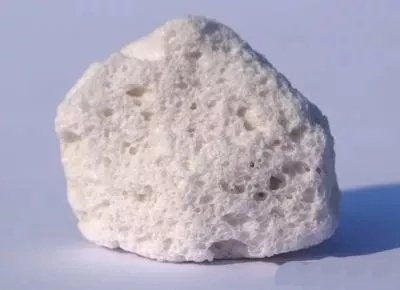
Glass and light stone products came into being at this time. In addition to various professional fields that can be applied to sponge city construction, such as urban rainwater purification, water quality purification of rivers and ponds, roof garden construction, ground greening, garden greening and other occasions, It can also be widely used in agricultural soil improvement, agricultural chemical pollution degradation, industrial sewage and all kinds of domestic sewage treatment and tap water purification. Even the sludge which is difficult to be absorbed is dehydrated and mixed with glass powder in a certain proportion, it can also be burnt into glass light stone products which can be reduced to urban river treatment.
Profit
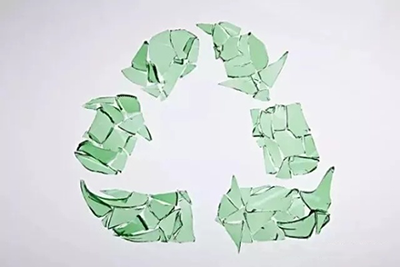
Recycling one ton of waste glass can save 720 kg of quartz sand, 250 kg of soda ash, 60 kg of feldspar powder, 10 tons of coal and 400 degrees of electricity.
Another use of waste glass -- grape planting
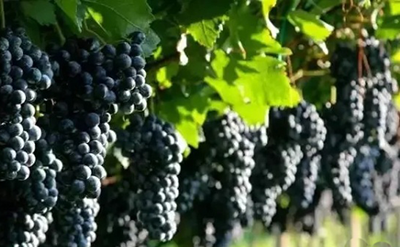
A winery in Christchurch, New Zealand, has been experimenting with another use of waste glass since December 2005 - breaking it and covering it around the vines as a mulch. Through two years of experiments, broken glass can reflect part of the sunlight on the grape fruit, improve the ripeness of the grape, keep the soil moisture, increase the weight of the grape string, and inhibit the growth of weeds.
Of course, the most important thing is that the taste of the wine has also been improved (Pinot Noir was tested). Every year, 13000 tons of waste glass is produced in Christchurch. It is of great significance to find a new way to recycle the glass.
···END···
Contact: Peter Feng
Phone: 0086(21)-67879860
Tel: 0086 13761145512
Email: hm008@huimiaogroup.com
Add: :No 28,Lane 341,jiuxin road,jiuting Town 201615,Shanghai,China